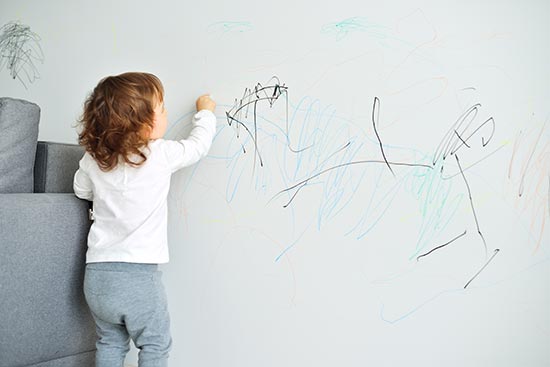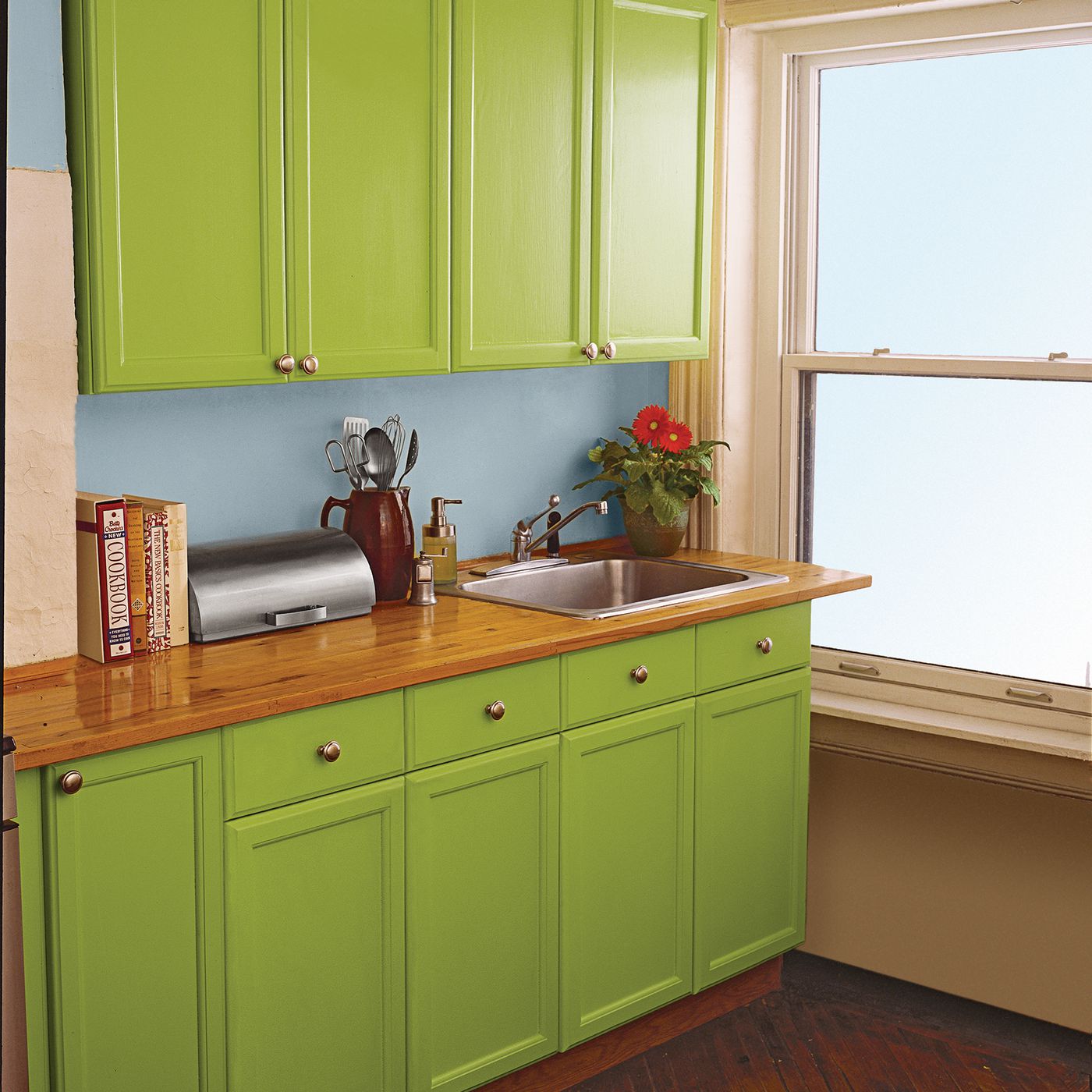Are you worn out with maintaining the walls’ immaculate cleanliness? Continue reading for a wise investment that can simplify your life.
In high-traffic areas of the home, especially if there are children and/or dogs living there, daily life often leaves fingerprints, smudges, smears, and stains that detract from the aesthetic appeal of walls.
The wall paint may be removed if there is too much scrubbing to remove the spots. What is the answer to this problem, then? Find out by scrolling down.
Cleaning The Living Room's Greasy Finger Prints.
The majority of times, dirt and oil are present in fingerprints. Particularly near switch plates and entrances, marks and stains frequently appear when we put on or take off shoes, rest against the wall for support, or touch the wall with our hands.
One of the cleaning techniques involves mixing warm water and 1/2 cup of white vinegar in a bucket. When the mixture is prepared, dip a towel into it and massage the spots away until the walls look brand new. Finally, rinse them with some plain water, followed by a thorough drying with a clean towel.
What if we told you that removing the stains could be done more simply? Do you want to know how to effortlessly erase stains off walls? Our solution is to paint the walls with a tough, washable paint. You can be confident that after using this emulsion to paint your walls, cleaning up even the most difficult stains will be a piece of cake and your walls will maintain their rich colour and sophisticated finish for a longer period of time. That is the ideal answer for a busy home with plenty of people and animals, right?
Cleaning Kids' Rooms Of Crayon, Pencil, and Ink Stains
If you’re a parent, you’ve probably noticed that kids are drawn to walls in the same way that bees are to flowers. It practically constitutes a stage of their maturation.
The standard cleaning methods to get rid of scribbles and unintentional spills include cleaning erasers, hairspray, and nail polish removers, but they need a lot of work. The best option is to pick a washable paint right away. You won’t have to worry about how to remove the marks from the walls after doing it in this manner. Interior house painting can indeed be tricky if you are not a professional.

Getting Rid Of Stains In The Kitchen
Grease, ketchup, sauces, cooking oils, you name it—we’re talking about it when we say “kitchen”! It can be more difficult to clean up the longer you wait to get rid of it.
Most kitchen wall-stains can be removed by scrubbing with hot water and dish soap. However, there is an additional step that includes using a plastic spatula to remove any loose built-up grease first. As you can see, using this technique can be tiring and time-consuming.
Regularly Remove Cobwebs And Dust
Give your walls a once-over with a dry duster or cloth once or twice a year to remove any buildup; this minor act of preventative maintenance will save filth from penetrating paintwork. Additionally, you can maintain your paintwork pristine by immediately cleaning up any spills or splatters that may occur. If greasy or wet stains are removed as soon as possible with a damp cloth, they have a far lower chance of becoming permanent stains, including mud splashes and grubby fingerprints.

If Necessary, Utilise Stain-Specific Products
Sugar soap can be quite effective for stains like cigarette smoke or cooking oil that are resistant to regular cleaners. Since it has a minor abrasive action and is a mild degreasing detergent, it works well for most paint spots and scuffs. You must use a mould remover to treat mildew from condensation on your walls; if you are concerned that it will stain your paint finish, use one without chlorine.
In the event that makeup spills, first blot the area with dry toilet paper before using a very small amount of makeup remover on a soft, dry cloth to gently wipe the stain from the outer edge to the centre. A magic eraser should remove the stain if it is still visible.
In Case Of Emergency, Touch Up The Paint
If you still retain the original paint you used, you have the best chance of success if you decide to touch up a stain that you can’t remove. Although colour matching technology is quite successful, it cannot assure you of the exact same colour and finish. You can also call a local professional painter to do it for you.
To minimise brush marks when painting over a stain or scratch, prepare the area by carefully cleaning and drying it before applying your paint. Apply the paint using a method known as stippling; rather than making broad strokes with the brush, dab the area with the tip of the bristles as you work your way around to cover the entire stain.
This will result in a finish that more closely resembles the effect of a paint roller and blend in with your original paintwork.
Final Reflections
Since accidental spills and stains are a part of daily life and are beyond your control, it makes sense to choose washable wall paint that relieves the stress of constant cleaning. But if you do need to clean or touch up any areas we hope these tips have helped.




